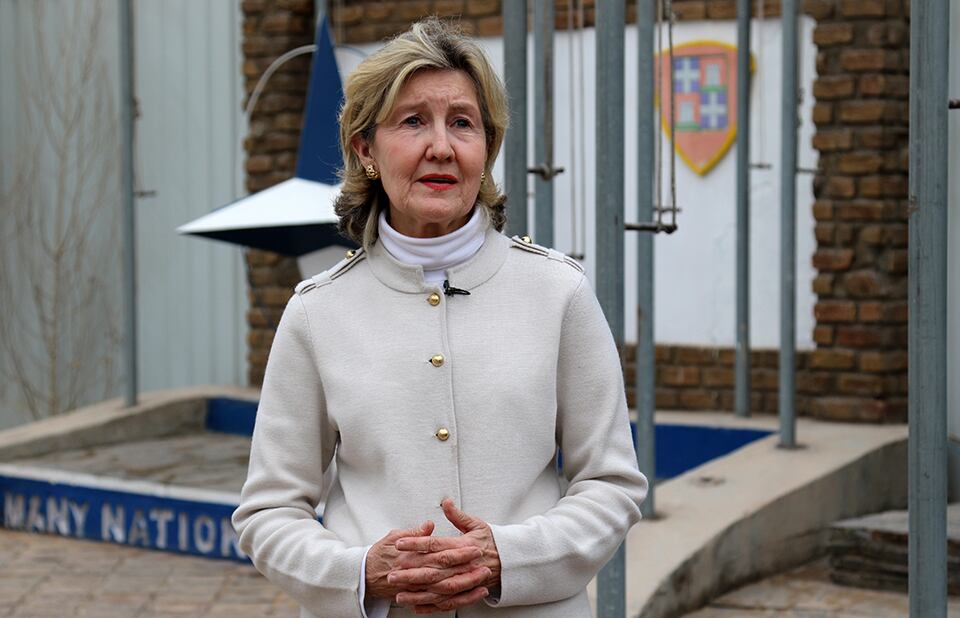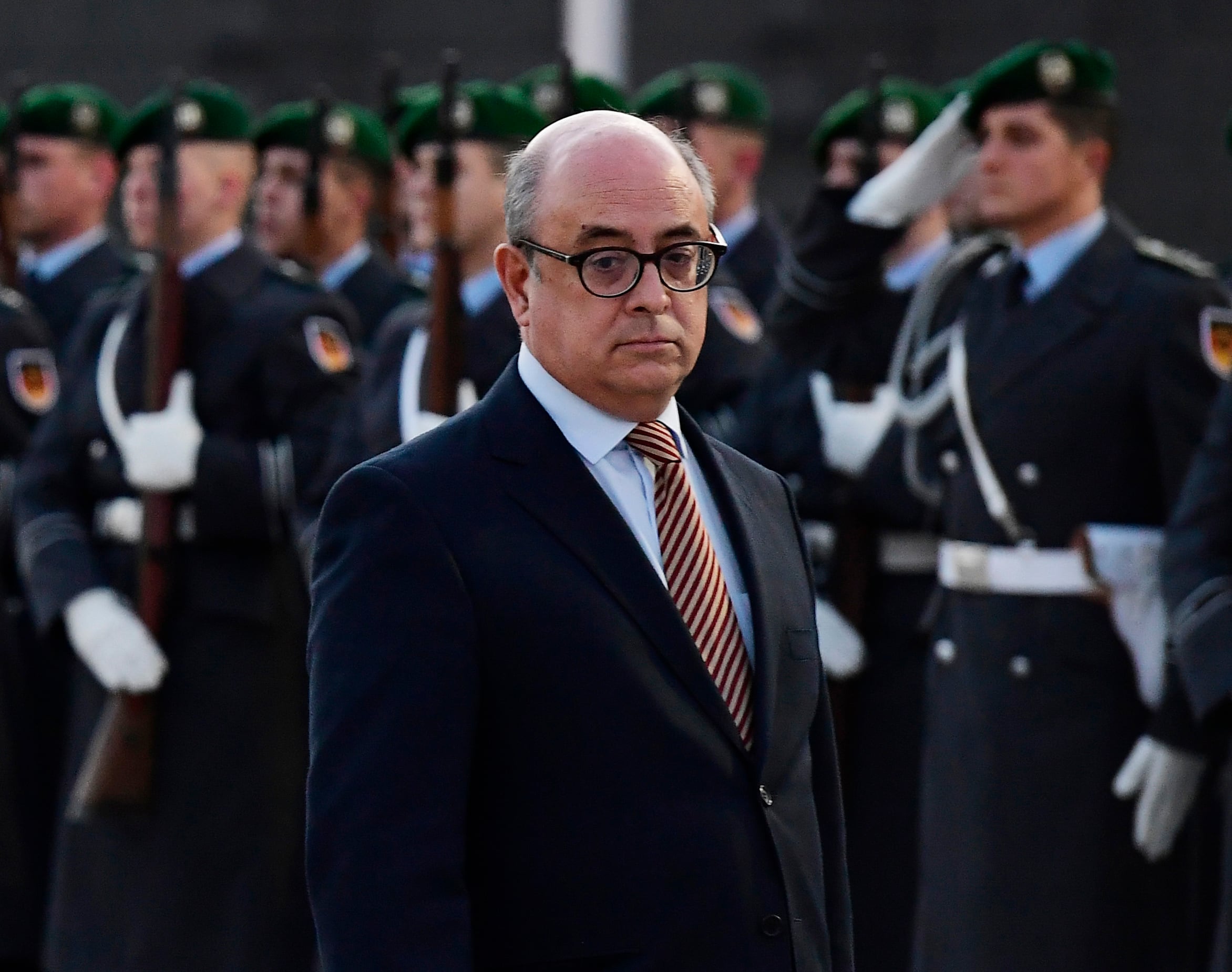WASHINGTON — Those hoping the July NATO summit might be a time of family healing between the 29 allies appear to have gotten a rude awakening, following a series of letters from U.S. President Donald Trump to his NATO allies with a clear message: The summit will be all about who does and doesn’t spend 2 percent of gross domestic product on defense.
The only letter to be made public comes from Norwegian newspaper VG, which published a letter from Trump to Norwegian Prime Minister Erna Solberg, dated June 19. But a source confirmed to Defense News that several other NATO states have received similar letters, and Foreign Policy magazine has reported that the letters largely follow a similar format.
In the letter, the U.S. president notes that Norway is “the only NATO Ally sharing a border with Russia that lacks a credible plan to spend 2 percent of its gross domestic product on defense.”
“I understand domestic political pressures, as I myself have expended considerable political capital to increase our own defense spending,” the letter reads. “It will, however, become increasingly difficult to justify to American citizens why some countries continue to fail to meet our shared collective security commitments.”
Click here for more stories about the upcoming NATO Summit!
The letter would appear to put a dagger into the idea that the NATO Summit could be used to heal any rifts opened up between the U.S. and Europe during the G7 gathering last month, and also end the hopes among Western European nations that the 2 percent issue would not be the dominant topic in Brussels come the meeting.
“Why the president would find it necessary to send a letter like this in advance of the NATO summit is a mystery,” said Julie Smith, a Europe expert with the Center for a New American Security. “It shows a lack of understanding of Norway’s place in the alliance and sets the wrong tone in advance of an important summit in mid-July.”
“This isn’t how you ‘prep’ for a NATO summit,” added Smith, a former Obama official with both the Pentagon and White House. “Letters like this will only backfire.”
During his presidential campaign, Trump seized on the idea of NATO members not paying enough while describing the alliance as “obsolete.” While that rhetoric has softened, Trump recently said that allies not meeting the 2 percent standard would be “dealt with.”
Alternative metrics
Critics of Trump’s focus on countries hitting the 2 percent figure argue that it is a flawed statistic that misses the point. A common talking point notes that Greece, which breaks the 2 percent mark, is spending over 75 percent of its defense budget on personnel costs such as pensions for veterans, while countries such as Denmark are spending their funds directly on large modernization programs.
Those countries had hoped to refocus Trump on the defense spending issue by presenting different metrics for him to look at.
RELATED

One argument was that the 2 percent GDP target also comes with a requirement to spend 20 percent of your defense budget on major modernization projects, including expensive American goods, and that many countries are hitting that.
Another argument is simply that countries have increased defense spending broadly, and while they may not be at 2 percent, they are closer than they were years ago.
Norway would appear to be the poster child for such alternative metrics. It is spending around 27 percent of its defense budget on major programs, including American made F-35s and P-8 aircraft. The country plans to get to around 33 percent in a few years. It has also increased its defense spending around 25 percent since 2014, and is the second largest spender per capita on defense in the alliance — something Trump himself notes in his letter.
Notably, Trump’s letter also comes as the U.S. Marine Corps is preparing to beef up its presence in Norway, something the Norwegian government had been seeking.
Speaking in Washington Tuesday morning, Norway’s foreign minister Ine Eriksen Søreide, who previously served as defense minister, laid out the rationale for looking beyond 2 percent.
RELATED

“There is a widespread agreement that Europe must invest more in defense spending but I think it is equally important not to talk about [Norwegian] security and U.S. security. I think we need to talk more about allied security,” Søreide said while at the Center for a New American Security, adding that “We remain strongly committed to the 2 percent goal.”
“For those of you who know the defense sector, you also know It’s not very helpful just to pour a lot of money into one sector over a year or two,” she added. “You have to gradually build up, otherwise the money is not spent wisely and will not be spent on the right things.”
Smith called Norway a “a model member of the NATO alliance,” thanks both to its willingness to contribute to operations abroad and the fact it is spending heavily on modernization.
“When I was in government we pushed allies to spend 2 percent of GDP on defense. But we also spent a lot of time stressing that in addition to what you spend, it’s how you spend your defense budget that makes the biggest difference,” said Smith.
Update 6/27/18 at 12:02 PM EST to reflect new information about other nations receiving similar letters.
Aaron Mehta was deputy editor and senior Pentagon correspondent for Defense News, covering policy, strategy and acquisition at the highest levels of the Defense Department and its international partners.







